In 1940, Sweden donated more than 2,000 wooden houses to Finland. Fifteen of them came to the Jokiois in Kuuma village, in the middle of the Hämälä countryside. All are still inhabited. One is the home of Tomi Kultanen’s family.

Swedish houses are single-family houses that Sweden donated to Finland in 1940. In Sweden, a citizens’ gathering was organized, but currency was not allowed to be taken out of the country. It was decided to donate houses.
The houses were designed and assembled in Finland. The drawings and elements were made in Sweden. About 2,000 houses were obtained, and they were commissioned in less than five months. Especially Karelian migrants and those who lost their homes in the bombing moved there.
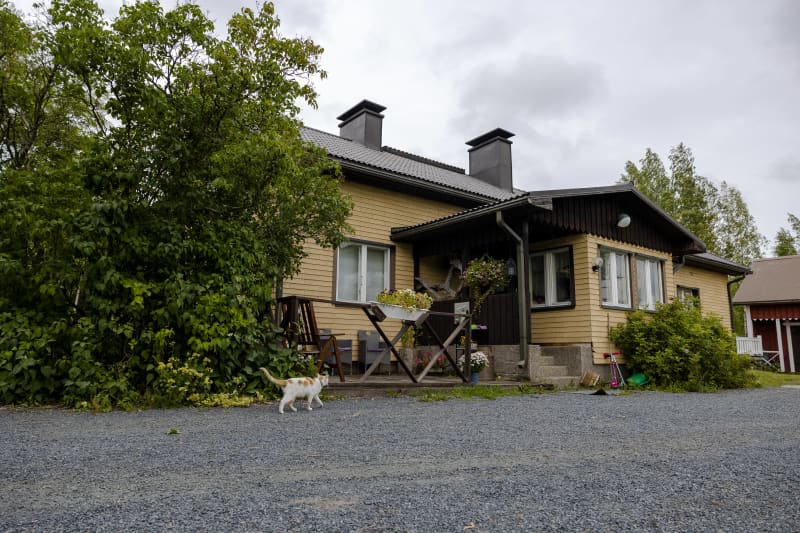
Separate areas of Swedish houses were born
Gift houses were a great help in the extreme housing shortage. At the same time, they gave direction to the design of Finnish standard houses and were the initial impetus for the wooden house industry. Before the winter war, experiments with industrially prefabricated wooden houses had only been carried out in Finland.
In the village of Kuuma, houses went up quickly. A group of eight men came to help.
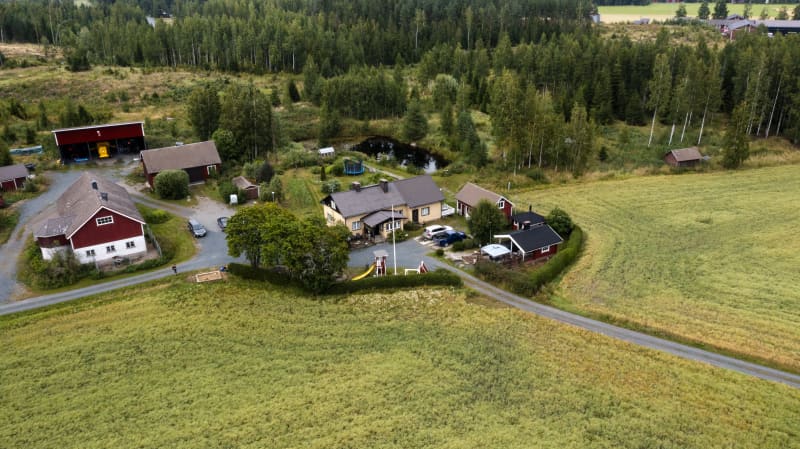
Puutalo Oy built the houses on the lands handed over by the Jokioinen manor. The house rose to the water roof stage in two days.
Urban Swedish houses are still popular
Especially in cities, Swedish houses are still in demand. The community spirit of the regions is also appreciated.
According to the price tracking service of the Finnish Real Estate Association, houses from the period have been sold at a steady pace since 2000. However, sales times have not shortened as with other apartment types, and the development of prices has been moderate.
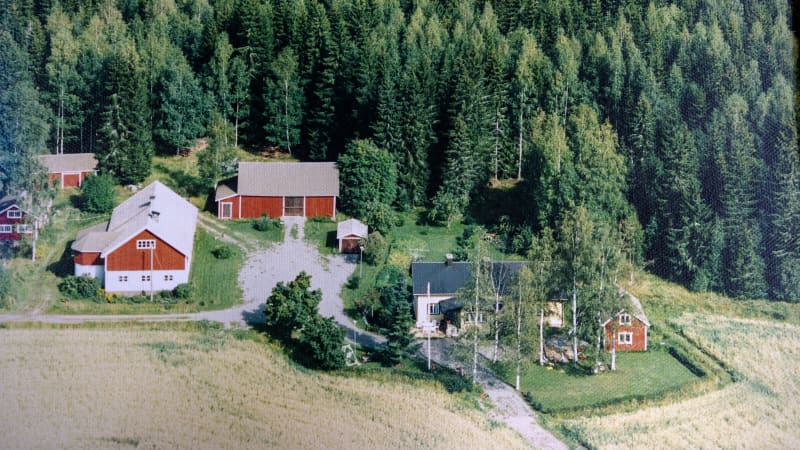
According to the Architecture Museum’s Petteri Kummala, the popularity of uniform Swedish house areas in particular has grown little by little. For example, Helsinki’s Pirkkola has become very popular, and Swedish houses in the area are often sold under the counter.
– Over the years, the milieu of many areas has become more attractive and the location has become more attractive as the cities have grown, says Kummala.
150 gift houses went up in Pirkkola, later even more. The houses were built by the city’s construction office.
Fluctuating fitness brings its own challenges
In Lahti, Swedish houses can be found in Tapanila and Västerås. There were 105 plots in Tapanila. The area forms a scenically and historically valuable entity. Västerås was named after the Swedish god-town.
– Demand is strong if the house is priced correctly. Many Swedish houses have a good location and a lush garden. The areas often have district heating that makes living easier.
Raitanen says that the changing condition of the houses is a challenge. Some are in original condition, some have undergone several renovations. Some repairs have failed.
There were 75 Swedish houses in Kupittae in Turku. The Swedish house that comes up for sale will be sold in Turku.
Quick project houses
Tomi Kultanen’s home in Jokioiin is a typical rural Swedish house. During the renovation in the 1990s, bricks were added to the exterior of the house and the rooms upstairs. An old baking oven warms the ground floor.
– The basic solution is almost original and still works. The kitchen is the same and damn small, that’s the only minus, Kultanen laughs.
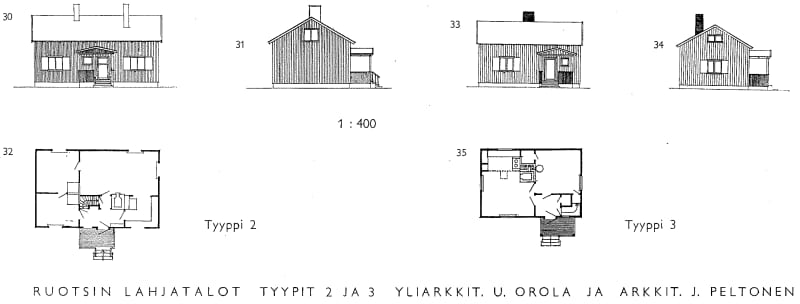
Rural houses had an open porch, a hall, a living room, rooms, a kitchen and a cellar. There was a large baking oven in the hut, and the ceiling was so high that an additional room could be built there.
– When I was a child, the attic was cold and the stairs leading from behind the door led there. I remember that things from previous generations were stored there, says Tomi Kultanen.
The houses reflected the ideals of living
The home wanted to be designed for one family. The houses also reflect other ideals of the time, such as self-sufficiency and new ideas about hygiene, practicality and living comfort.
The houses were functional, everything had its place. There were advanced solutions, such as running water, sewage and stove central heating.
More than 600 of the houses in the countryside eventually ended up in the cities, because many rural municipalities had difficulties accepting them. In the heat, the houses went up like a model. In the summer of 1941, there were already 75 residents, the vast majority of Karelian immigrants.
Almost a thousand evacuees from Karelia moved to Jokioise.
Significant built cultural environments
In cities, Swedish houses were built on the outskirts. Now the cities have grown around, and the areas are a green part of the city. Ruotsalaistalo’s Kaupunginosas were among the first to start planning the plan with the milieu in mind.
– Regions are often perceived as sympathetic. It is affected, for example, by how the houses are located on the plot or the way the streets run in the landscape. The houses were often placed diagonally to the street, which creates a more interesting milieu in terms of cityscape, says Petteri Kummala.
In addition to Helsinki’s Pirkkola, for example, Lahti’s Tapanila Swedish housing estate is on the list of nationally significant built cultural environments.
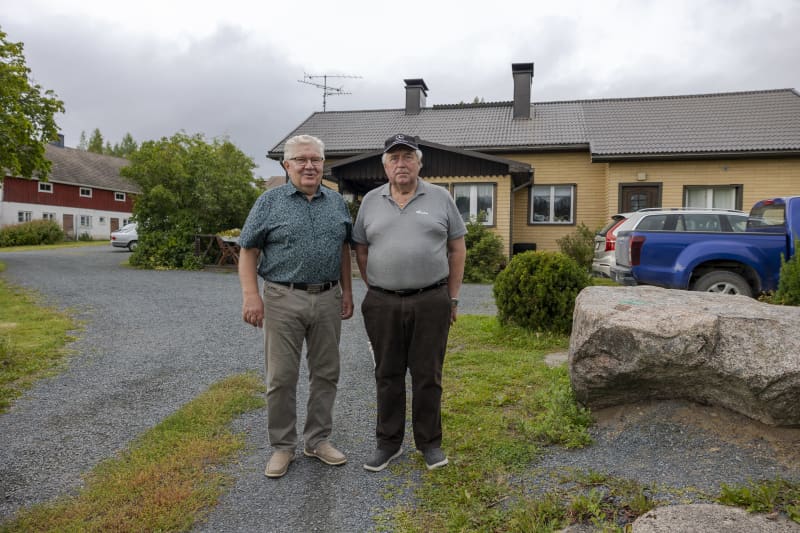
Familiar home is an emotional affair
Kuuma’s cultural landscape is also a regionally significant built cultural environment. The region’s cultural-historical values are identified in the provincial plan.
The Kylänraitti of the Kuuma Swedish houses is quieter these days. The school ended a couple of years ago, the shop already earlier.
– But we neighbors know each other. Recently, new people have also moved here, says Tomi Kultanen. It means a lot to him to be able to live in a home in a familiar area.
– I would hardly leave here, I wouldn’t bother. It’s a bit of an emotional thing.
